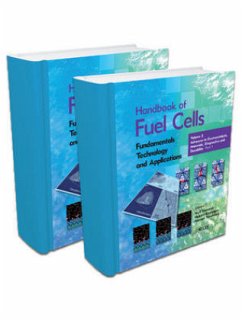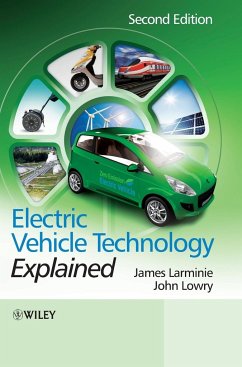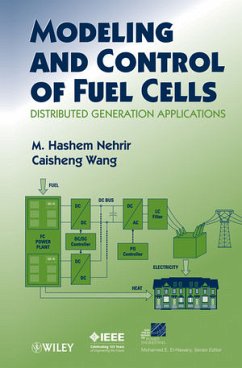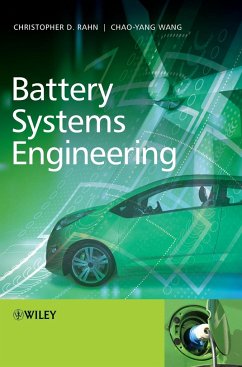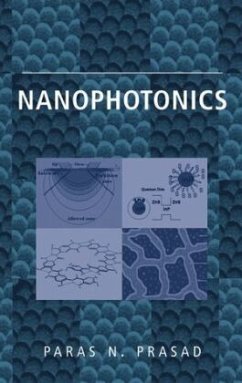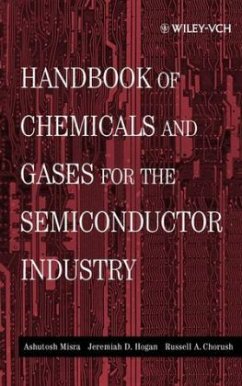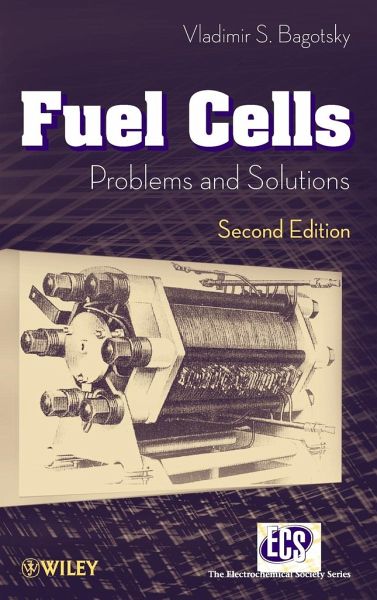
Fuel Cells, Second Edition
Problems and Solutions
Versandkostenfrei!
Versandfertig in 3-5 Tagen
105,99 €
inkl. MwSt.
Weitere Ausgaben:

PAYBACK Punkte
53 °P sammeln!
The comprehensive, accessible introduction to fuel cells, their applications, and the challenges they poseFuel cells-electrochemical energy devices that produce electricity and heat-present a significant opportunity for cleaner, easier, and more practical energy. However, the excitement over fuel cells within the research community has led to such rapid innovation and development that it can be difficult for those not intimately familiar with the science involved to figure out exactly how this new technology can be used. Fuel Cells: Problems and Solutions, Second Edition addresses this issue h...
The comprehensive, accessible introduction to fuel cells, their applications, and the challenges they pose
Fuel cells-electrochemical energy devices that produce electricity and heat-present a significant opportunity for cleaner, easier, and more practical energy. However, the excitement over fuel cells within the research community has led to such rapid innovation and development that it can be difficult for those not intimately familiar with the science involved to figure out exactly how this new technology can be used. Fuel Cells: Problems and Solutions, Second Edition addresses this issue head on, presenting the most important information about these remarkable power sources in an easy-to-understand way.
Comprising four important sections, the book explores:
The fundamentals of fuel cells, how they work, their history, and much more
The major types of fuel cells, including proton exchange membrane fuel cells (PEMFC), direct liquid fuel cells (DLFC), and many others
The scientific and engineering problems related to fuel cell technology
The commercialization of fuel cells, including a look at their uses around the world
Now in its second edition, this book features fully revised coverage of the modeling of fuel cells and small fuel cells for portable devices, and all-new chapters on the structural and wetting properties of fuel cell components, experimental methods for fuel cell stacks, and nonconventional design principles for fuel cells, bringing the content fully up to date.
Designed for advanced undergraduate and graduate students in engineering and chemistry programs, as well as professionals working in related fields, Fuel Cells is a compact and accessible introduction to the exciting world of fuel cells and why they matter.
Fuel cells-electrochemical energy devices that produce electricity and heat-present a significant opportunity for cleaner, easier, and more practical energy. However, the excitement over fuel cells within the research community has led to such rapid innovation and development that it can be difficult for those not intimately familiar with the science involved to figure out exactly how this new technology can be used. Fuel Cells: Problems and Solutions, Second Edition addresses this issue head on, presenting the most important information about these remarkable power sources in an easy-to-understand way.
Comprising four important sections, the book explores:
The fundamentals of fuel cells, how they work, their history, and much more
The major types of fuel cells, including proton exchange membrane fuel cells (PEMFC), direct liquid fuel cells (DLFC), and many others
The scientific and engineering problems related to fuel cell technology
The commercialization of fuel cells, including a look at their uses around the world
Now in its second edition, this book features fully revised coverage of the modeling of fuel cells and small fuel cells for portable devices, and all-new chapters on the structural and wetting properties of fuel cell components, experimental methods for fuel cell stacks, and nonconventional design principles for fuel cells, bringing the content fully up to date.
Designed for advanced undergraduate and graduate students in engineering and chemistry programs, as well as professionals working in related fields, Fuel Cells is a compact and accessible introduction to the exciting world of fuel cells and why they matter.
Dieser Artikel kann nur an eine deutsche Lieferadresse ausgeliefert werden.






